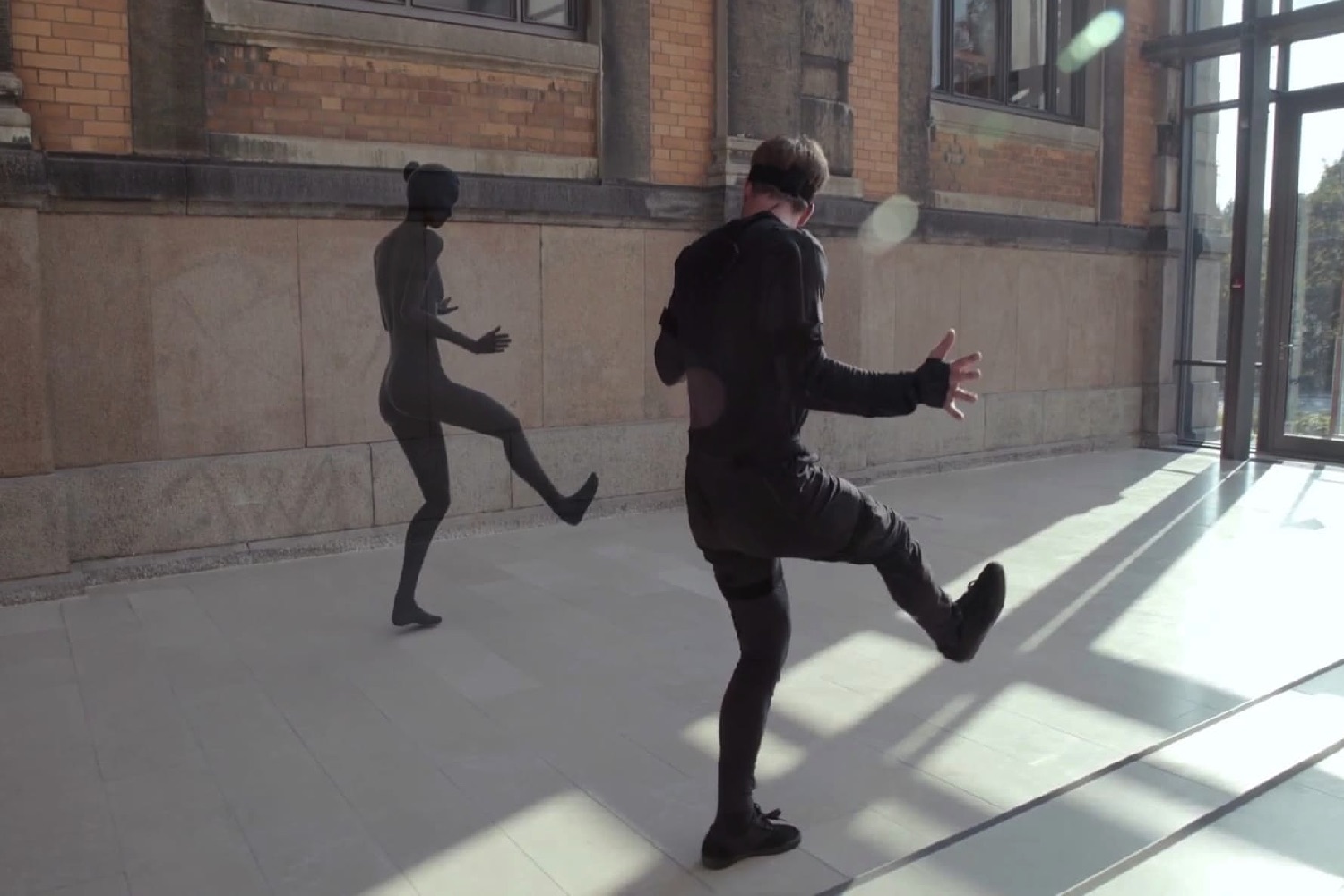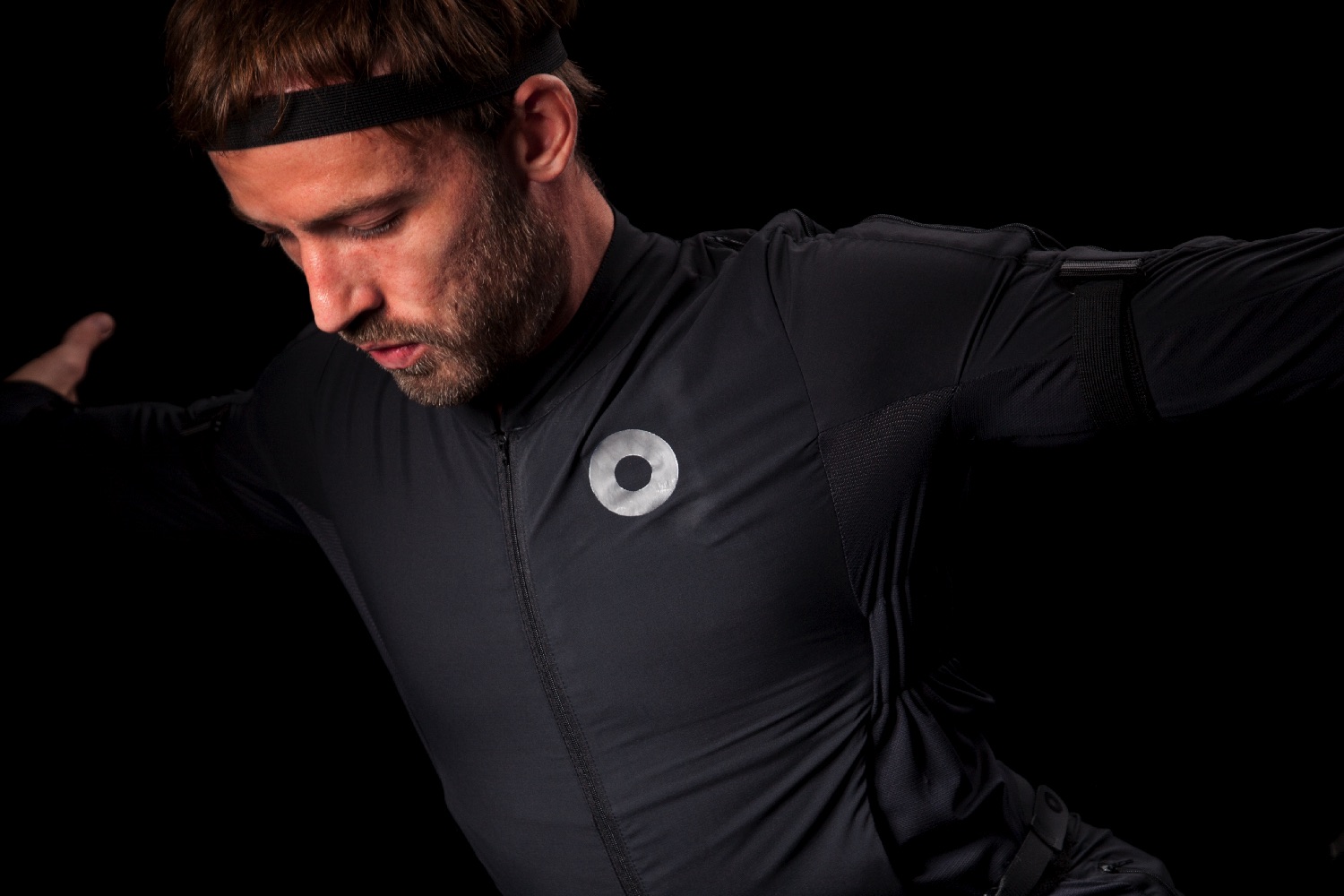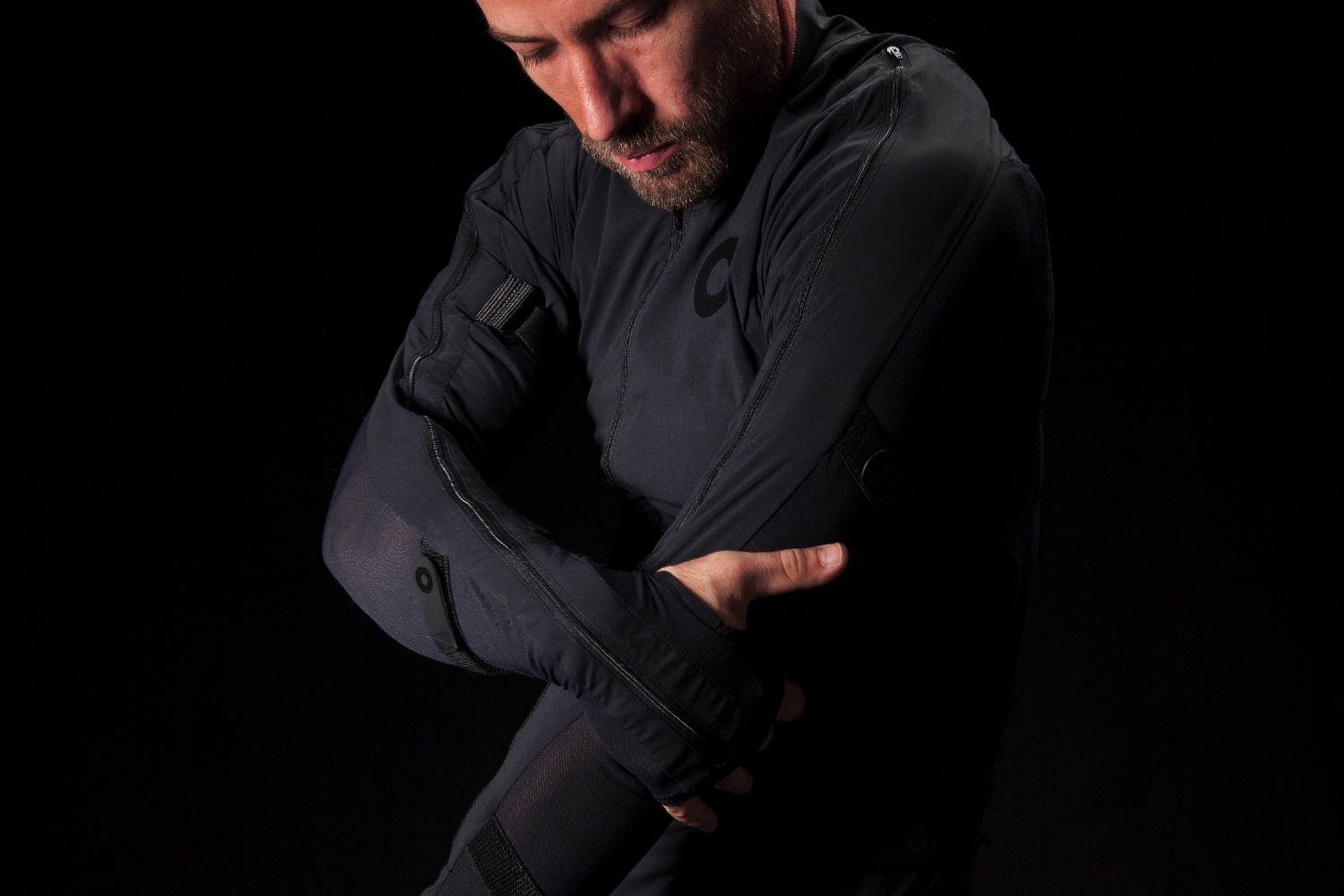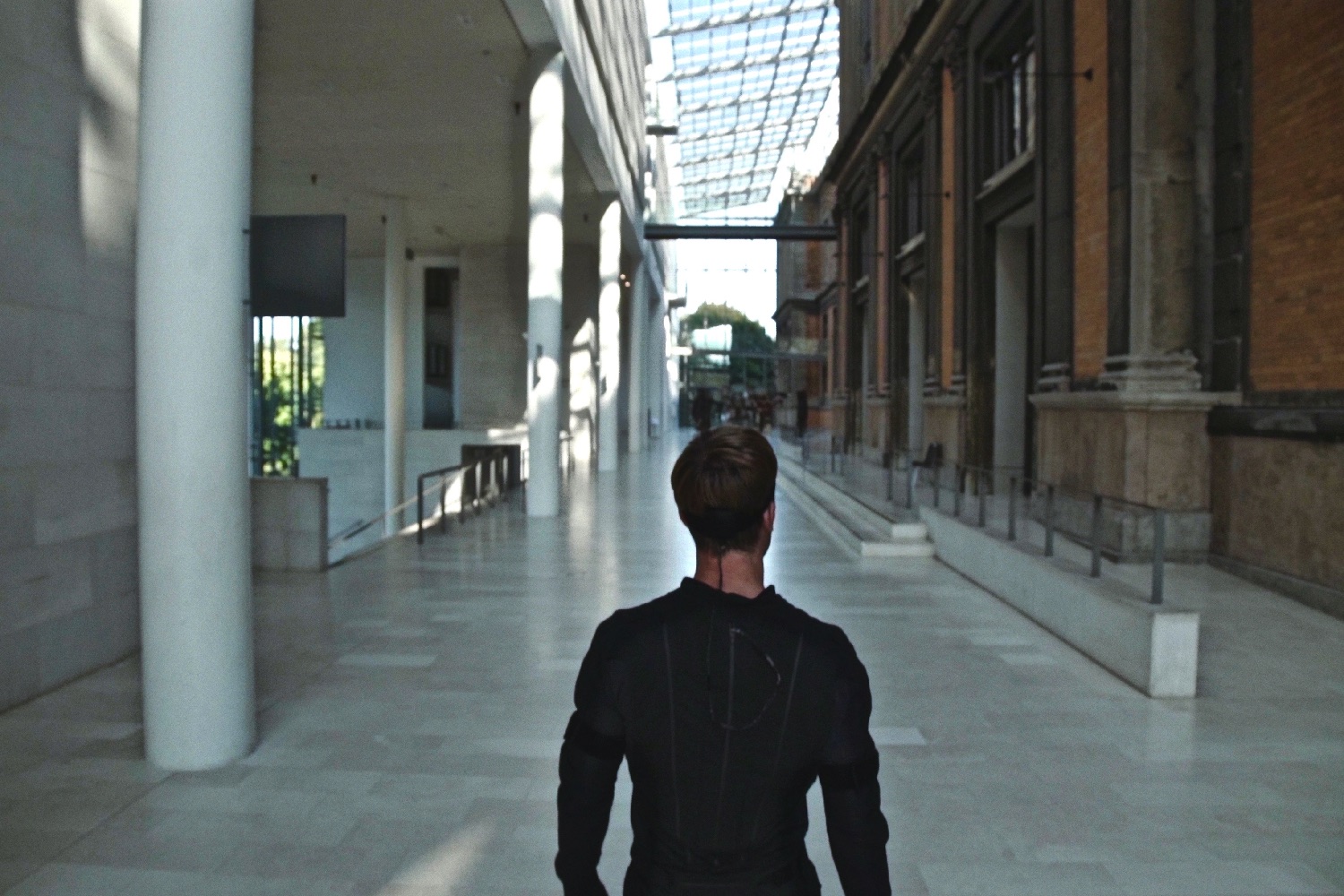Until now, that is, or at least that’s what Danish startup Rokoko is hoping — thanks to its newly developed Smartsuit Pro, which brings the same studio grade mocap experience, but replacing wires and cameras with smart sensors and Wi-Fi.
The Smartsuit Pro boasts 19 sensors dotted around the wearer’s body, with each one including a gyrometer, accelerometer, and magnometer. Algorithms are then able to take this data, make sense of it, and stream it to your device while also storing it in a special “hub” located on the suit itself. The whole setup lasts around eight hours and is rechargeable using a regular USB power bank.
Once the data hits your computer it can be manipulated using a number of popular 3D software packages. There are also direct plugins for engines like Unity, Unreal Engine, and MotionBuilder, plus the ability to develop others using Rokoko’s SDK.
“The Smartsuit Pro is a full-body motion capture suit that allows users absolute freedom in their creative process,” Nicole Winans, Rokoko’s digital media coordinator, told Digital Trends. “It can be used anywhere, and setup is as easy as zipping up a snowsuit or wetsuit — no advanced technical knowledge required. It’s an all-in-one motion capture studio at a very accessible price point.”
Rokoko is hailing its creation as pretty much a complete motion capture studio zipped into one form-fitting suit. You don’t have to rent space to complete your project, nor do you have to worry about hiring knowledgeable operators and technicians — who have a pesky habit of asking to be paid for their expertise.
“In beta testing we’ve seen ii used for everything ranging from standard gaming and film character animation, to live animation theater, to medical and therapeutic environments like remote care, to entertaining party crowds with some solid dance moves,” Winans continued. “Of course there’s also been a lot of interest in integrating it into the VR space as well. It sounds a bit cliche, but really if you can imagine it, you can probably do it in our suit. We won’t judge!”
Right now, Rokoko is taking pre-orders for shipping in February 2017, with prices starting at $2,245. Down the line, the company also hopes to further augment the Smartsuit Pro with additional mocap technology like a hand-scanning “smartglove.”







